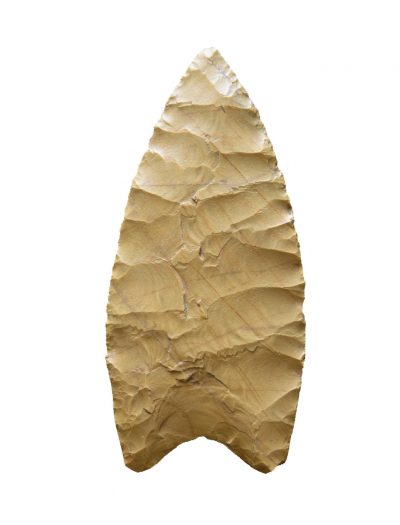The image of the one-room schoolhouse is recognizable to many communities across Alberta. Fortunately, there are a few of these structures still existing that help to illustrate the origins of public education in Alberta. In this article, we will look at the development and decline of the one-room schoolhouse and the building features that make this structure such a unique example of built heritage. The schoolhouses that will be discussed here are the Shilo School, Verdun School and Chailey School. These particular buildings have been restored, indicating the public interest and historical significance of these structures to their community.
A typical one-room schoolhouse was where one teacher would instruct boys and girls of all ages and grades. Attendance to the school could range from just a few to almost one hundred. This type of early public education was common across Canada from the late nineteenth century into the early twentieth century. In Alberta, the first one-room schoolhouse was built in Edmonton in 1881. Many more schoolhouses were erected throughout the province in the years that followed, the majority of which consisted of one room. By 1910, Alberta had 1,501 school districts operating 1,195 schools, the majority of which were located in rural areas.






